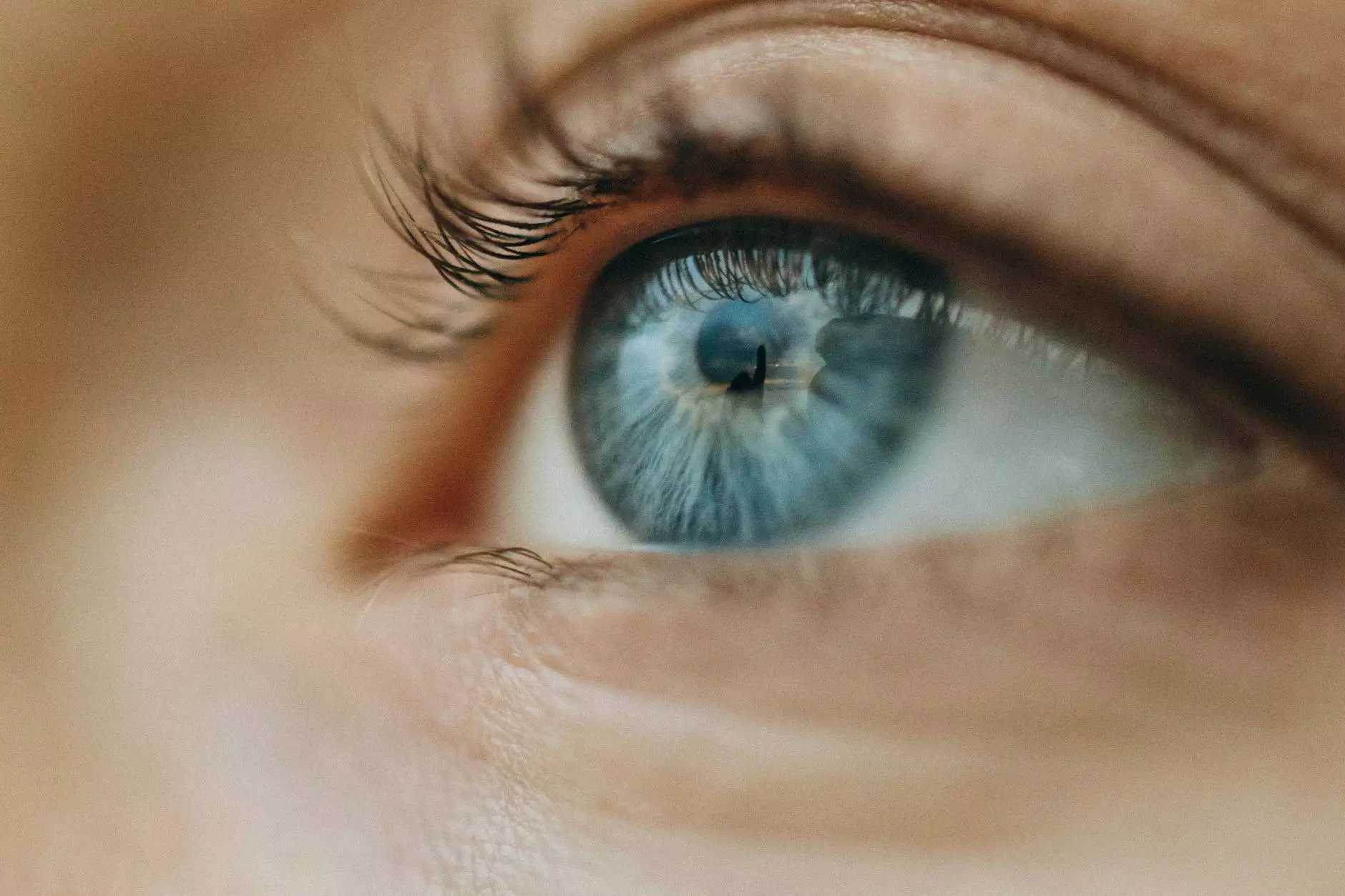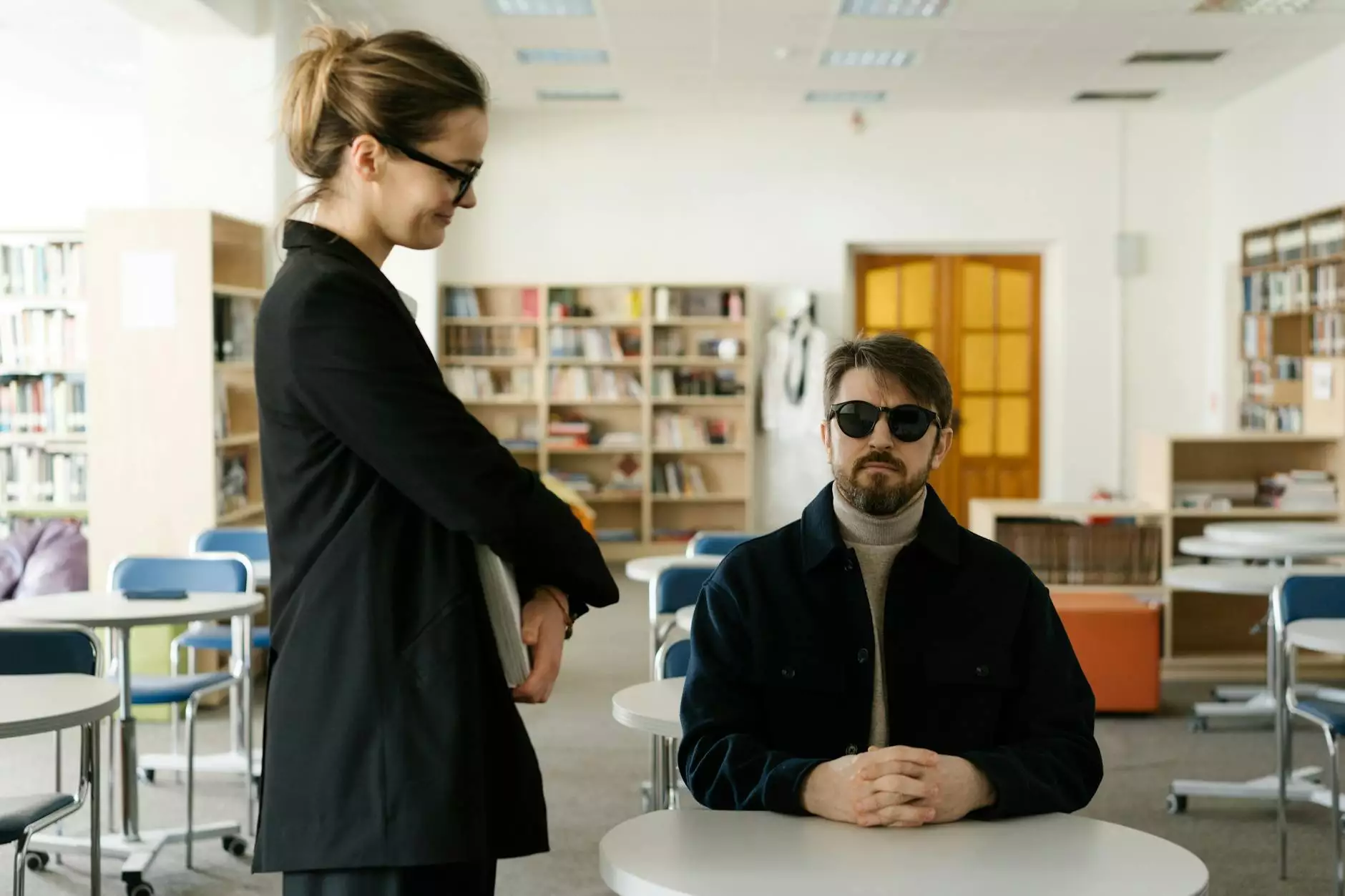How The Eyes Work
Blog
Introduction
Welcome to Baron Rick W Dr, your trusted optometrist in Chicago, Illinois! In this article, we will dive into the intricate workings of the human eyes and explore the fascinating processes that allow us to see the world around us. Understanding the mechanics of vision can provide valuable insights into the importance of regular eye care and the role of optometrists. Let's embark on this enlightening journey together!
The Anatomy of the Eye
Before delving into the functions of the eyes, let's familiarize ourselves with their anatomy. The eye is a complex organ comprising several key parts. The outer layer, known as the cornea, acts as a protective barrier and helps in focusing light onto the lens. The iris, the colored part of the eye, controls the amount of light entering the eye through its adjustable opening called the pupil. Behind the iris, there is a crystalline lens responsible for further focusing the incoming light onto the retina, which is located at the back of the eye.
The retina is a vital component of the eye that contains specialized cells called photoreceptors. These photoreceptors, namely rods and cones, convert light signals into electrical signals that can be interpreted by the brain. Rods play a crucial role in vision under low-light conditions, whereas cones enable us to see colors and fine details in bright light. Together with the optic nerve, which carries visual information to the brain, the retina forms a critical pathway for visual perception.
The Visual Process
Now that we have a basic understanding of the eye's structure, let's explore the highly intricate visual process. It all begins when light enters the eye through the cornea. The cornea helps bend the light rays, directing them through the pupil and onto the lens. The lens further refracts the light, fine-tuning its focus onto the retina.
Once the light reaches the retina, the photoreceptor cells initiate the conversion of light into electrical signals. Rods and cones have different roles in this process. Rods are highly sensitive to light but do not discern colors. They are responsible for our ability to see in dim lighting conditions. Cones, on the other hand, enable us to perceive colors and visual details, but they require more light to function optimally.
As the photoreceptors convert light signals into electrical impulses, these signals travel through the optic nerve to the brain. The brain then processes and interprets these signals, allowing us to understand and make sense of the visual information we receive. This neural processing is what enables us to recognize objects, read text, appreciate art, and experience the world visually.
Caring for Your Eyes
Given the vital role our eyes play in our daily lives, proper eye care is of utmost importance. Regular eye examinations conducted by optometrists are essential for maintaining good vision and detecting any potential issues early on. By assessing the health of your eyes, examining visual acuity, and conducting various tests, an optometrist can identify refractive errors, eye diseases, and other conditions that may require intervention.
Optometrists can prescribe corrective lenses such as glasses or contact lenses to improve visual acuity. They can also diagnose and manage common eye conditions like astigmatism, nearsightedness, farsightedness, and presbyopia. In addition, many optometrists offer specialized services such as dry eye treatment, vision therapy, and management of ocular diseases.
Conclusion
Understanding the intricacies of how the eyes work allows us to appreciate the wonders of vision and the importance of taking care of our eyes. Regular visits to an optometrist can help maintain optimal eye health and ensure that any potential issues are identified and addressed promptly. At Baron Rick W Dr, your well-being is our top priority. Visit our clinic in Chicago, Illinois, and let our experienced optometrists provide you with exceptional eye care services. Contact us today to schedule an appointment and experience the world of clear, vibrant vision!




